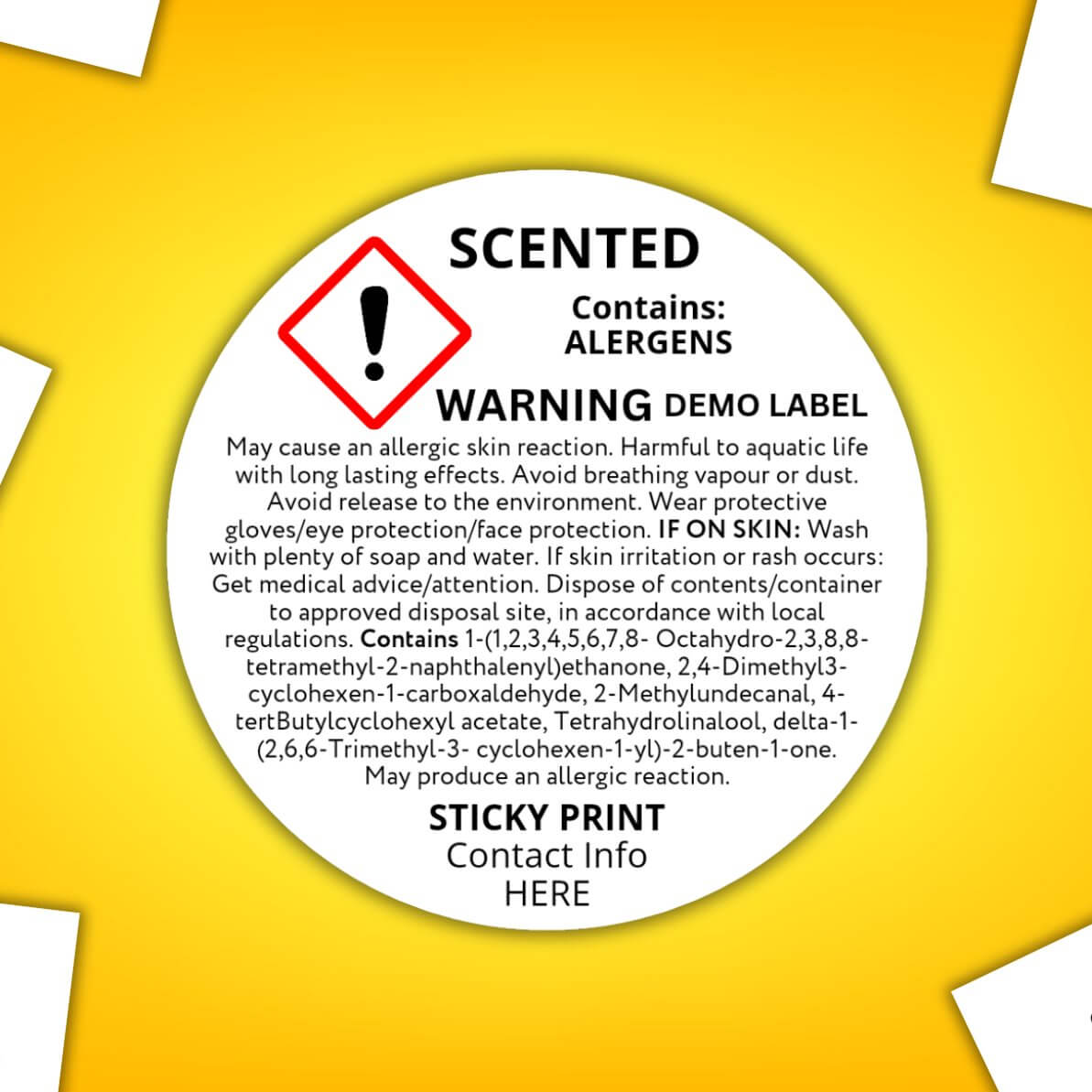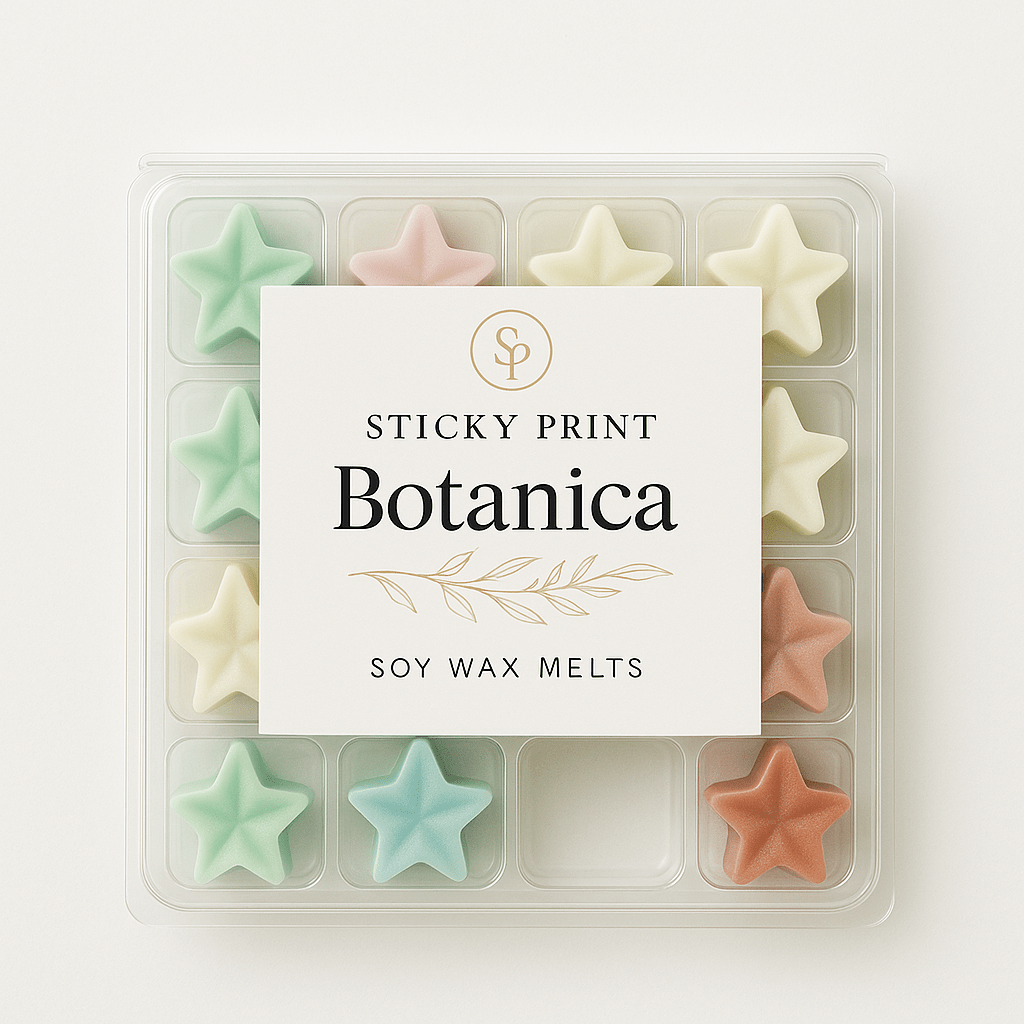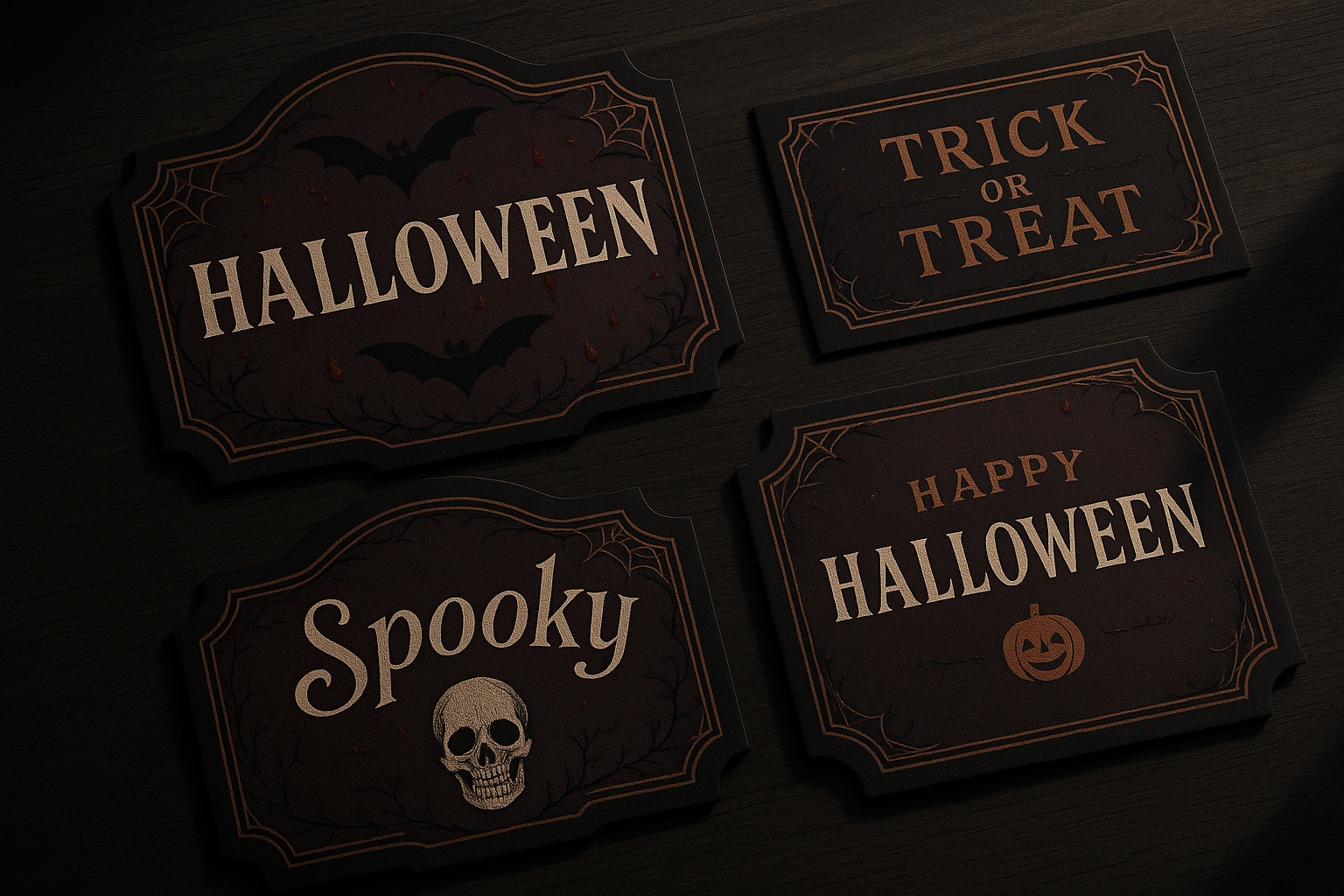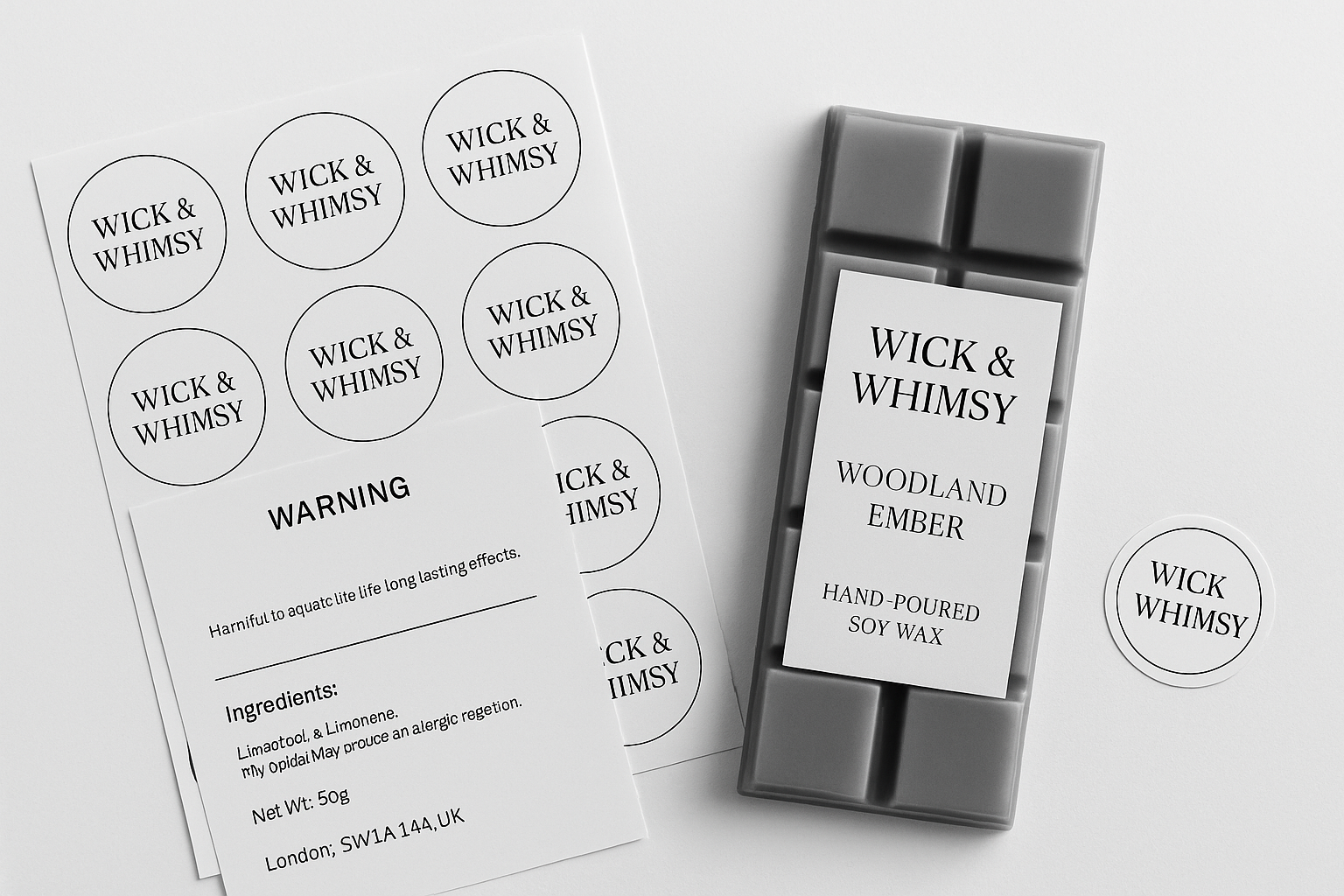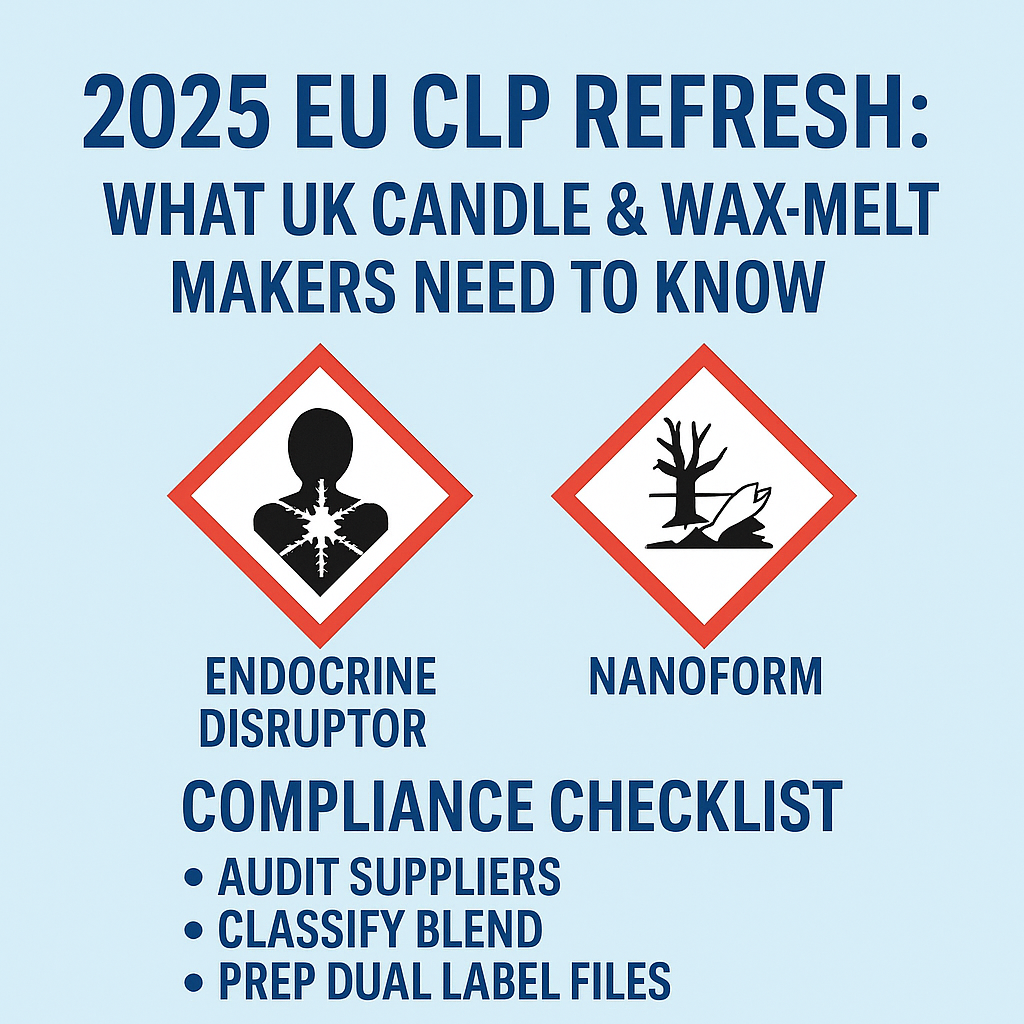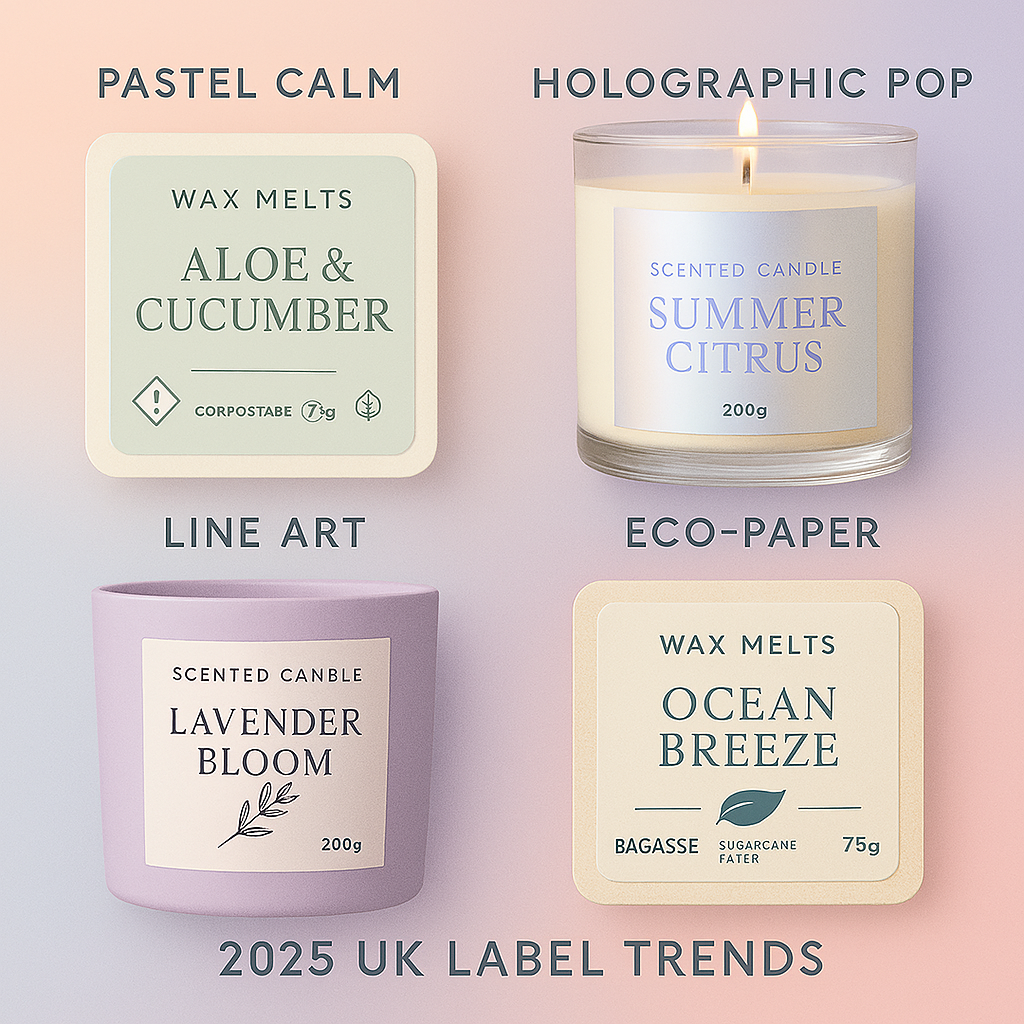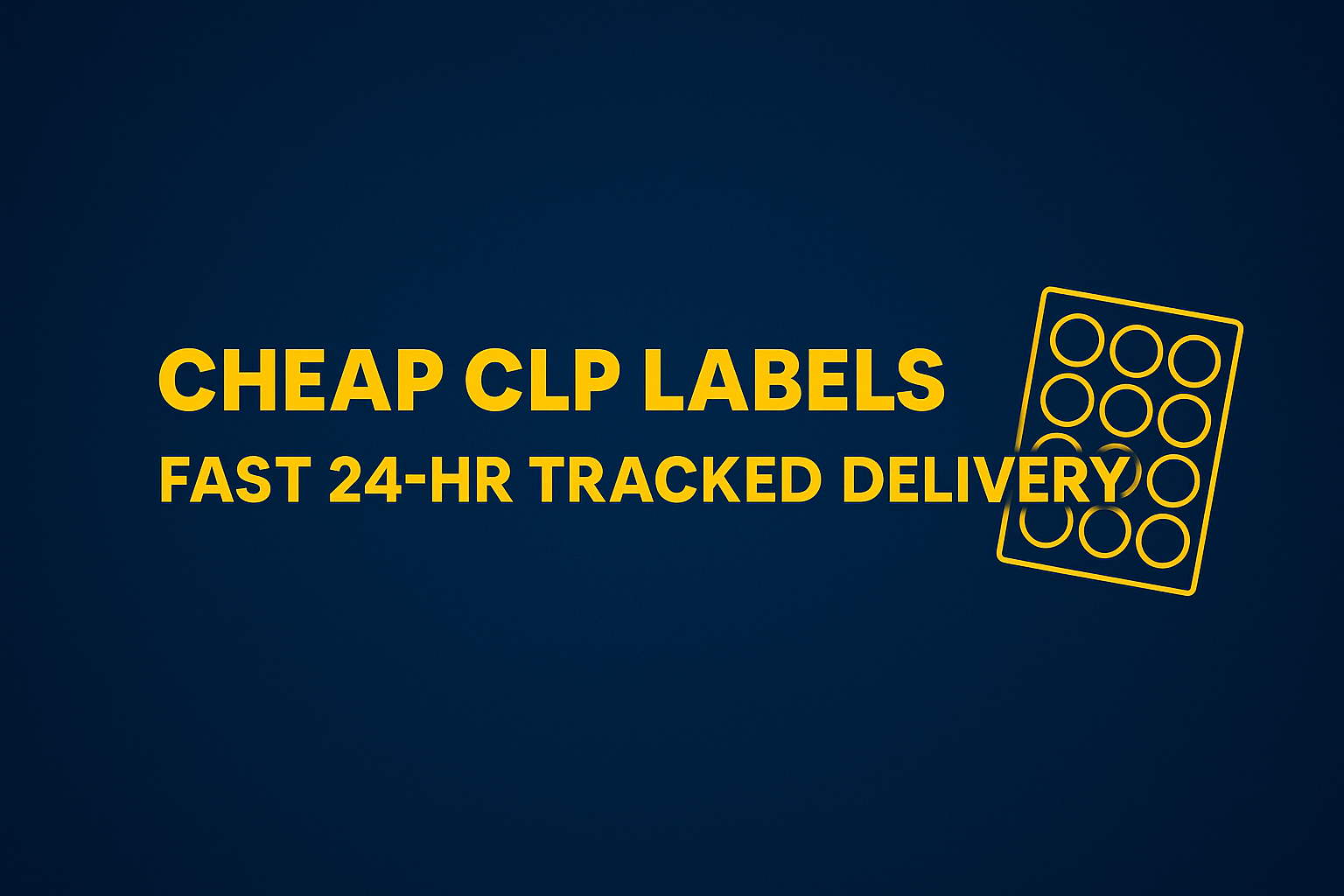I would like to share information regarding the CLP regulations in the UK and offer guidance on properly labelling products for international shipping.
At Sticky Print, we follow these regulations and cannot accept responsibility for requests for smaller labels; however, we will make accommodations whenever possible. For all standard orders, if the required compliance information cannot fit within the specified dimensions, we will increase the label size to ensure that the necessary information is clearly readable within the adhered dimensions.
What exactly is a CLP label?
A CLP label is a label that informs consumers about the hazards of a product that contains chemicals. CLP stands for Classification, Labelling and Packaging
- Hazard pictograms: A pictorial representation of the hazards of the product
- Signal words: Words that indicate the level of hazard
- Precautionary statements: Instructions on how to reduce the risk of harm
- Hazard statements: A description of the nature of the hazard
- Supplier information: The business name, address, and contact details of the supplier
- Unique Formula Identifier (UFI): A 16-character code that links the product to its mixture composition
- Net weight of the product: (this can be omitted from the label if it is stated elsewhere on the product or packaging)
- All hazardous products sold in the UK require a CLP label
- Products that contain chemical substances, such as essential and fragrance oils, need a CLP label
- Candles and wax melts need a CLP label.
Label size
- For packages up to 3 litres, the label should be at least 52 x 74 mm
- For packages over 3 litres but under 50 litres, the label should be at least 74 x 105 mm
- For packages over 50 liters but under 500 liters, the label should be at least 105 x 148 mm
- For packages over 500 litres, the label should be at least 148 x 210 mm
- For packages up to 3 liters, the pictogram should be at least 10 x 10 mm, but ideally 16 x 16 mm
- For packages over 3 liters but under 50 liters, the pictogram should be at least 23 x 23 mm
- For packages over 50 liters but under 500 liters, the pictogram should be at least 32 x 32 mm
- For packages over 500 liters, the pictogram should be at least 46 x 46 mm
Exemptions
-
Small packagingSubstances and mixtures in packaging that is small or difficult to label may be exempt from hazard and precautionary statement (check first)Scientific research Chemicals supplied for scientific research and development or quality control analysis may be exempt if the inner package contains no more than 10ml
-
Containers used brieflyContainers used at work for brief periods may be exempt if alternative measures are taken
Other labelling requirements
- If substances or mixtures are supplied to the general public, they may need child-resistant fastenings or tactile warnings of danger
- The label on any inner packaging should contain hazard pictograms, the product identifier, and the supplier's name and telephone number
- Online adverts for hazardous chemicals should include relevant hazard information
The CLP Regulation also covers the labelling of containers used for storing hazardous substances or mixtures
- Packages less than 0.5 liters: 1.2 mm minimum font size
- Packages greater than 0.5 liters but up to 3 liters: 1.4 mm minimum font size
- Packages greater than 3 liters but up to 50 liters: 1.8 mm minimum font size
- Packages greater than 50 liters but up to 500 liters: 2.0 mm minimum font size
- Packages greater than 500 liters: 2.0 mm minimum font size
- The space between lines should be at least 120% of the font size
- The label should use a single, easily legible, sans-serif font
- The label should have appropriate letter spacing
- The label should be easy to read

